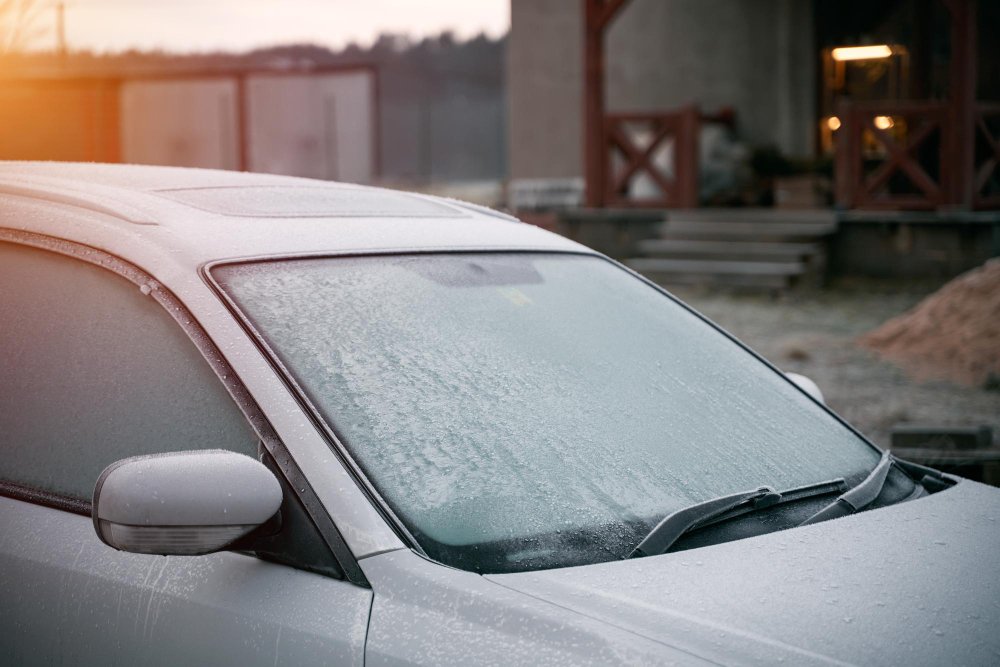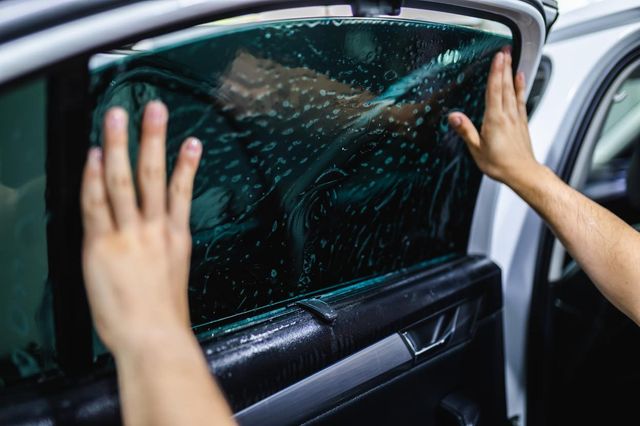Car Window Tinting: Enhance Comfort and Reduce Glow While Driving
Car Window Tinting: Enhance Comfort and Reduce Glow While Driving
Blog Article
Window Tinting Laws and Guidelines: What You Required to Know Prior To Tinting Your Auto
Before proceeding with window tinting for your automobile, it is necessary to acquaint yourself with the diverse regulations and guidelines that control this practice across various states. These guidelines dictate the acceptable levels of tint darkness, often determined by noticeable light transmission (VLT) percents, and consist of details specifications for front windscreens aimed at ensuring roadway security.
Overview of Home Window Tinting Regulations
Home window tinting laws are often subject to variation throughout different territories, reflecting local laws and safety factors to consider. These legislations dictate the permissible degrees of color darkness and reflectiveness on lorry home windows, ensuring that drivers keep ample presence while likewise securing against dangerous UV rays and warmth.
The majority of policies classify home window tinting based upon the Visible Light Transmission (VLT) portion, which shows the quantity of light that can pass with the window. Normally, lower VLT percentages signify darker tints. Legislations usually separate in between the front, side, and rear windows, with more stringent constraints related to the front windscreen to enhance safety for both the vehicle driver and various other road users.
Conformity with home window tinting guidelines is essential, as offenses can result in penalties, necessary elimination of the color, and prospective increases in insurance premiums. It is essential for lorry owners to familiarize themselves with local legislations prior to continuing with window tinting installments.
State-by-State Tint Rules
Recognizing the details window tinting policies in each state is crucial for car owners looking for to abide by the regulation. Each state in the united state has developed its own collection of policies governing window tinting, which can vary considerably. These laws usually dictate the permitted levels of tint darkness, the kinds of windows that can be tinted, and any medical exemptions that may apply.
For example, states like The golden state have strict constraints on tint darkness for front windows, while others, such as New Mexico, might allow darker colors. In addition, particular states mandate specific exposure percentages for various home windows, consisting of the windshield, front side home windows, and back home windows. It is vital for cars and truck proprietors to familiarize themselves with their state's regulations to avoid potential fines or fines.
Additionally, some states might call for a certification sticker to be put on colored home windows, suggesting compliance with state regulations. Failing to stick to these guidelines not only takes the chance of legal repercussions yet can additionally impact safety and presence while driving. Car proprietors must carry out extensive research study or speak with regional authorities to ensure full understanding and compliance with state-by-state color regulations.
Allowed Tint Types and levels
Many lorry owners may be amazed to learn that enabled color levels and kinds vary widely throughout different states. Each state has actually established its own guidelines pertaining to the permissible darkness and reflectivity of window color, usually gauged my website by Visible Light Transmission (VLT) portions. VLT refers to the quantity of light that can pass via the colored windows; therefore, a lower portion suggests a darker color.

Moreover, the sorts of color materials permitted can vary, with some states forbiding metal or mirror-like surfaces. It is necessary for car proprietors to familiarize themselves with their state's certain laws to ensure compliance. Non-compliance can lead to penalties, obligatory elimination of the tint, or various other lawful consequences, making it vital to recognize these laws prior to waging setup.
Medical Exceptions for Tinting
While not all states supply allowances for medical exemptions regarding home window tinting, those that do acknowledge the requirement for certain people to improve presence and convenience due to clinical conditions. Various clinical problems, such as lupus, skin cancer cells, and specific eye conditions, can render people especially delicate to sunlight. Subsequently, these people might call for darker tints to safeguard themselves from damaging UV rays and glow.

It is very important to keep in mind that also with a clinical exemption, there might still be constraints on the degree of color permitted. Compliance with state legislations guarantees that individuals are both secured and within lawful limits. Those considering medical exceptions must call their local Division of Motor Cars or equivalent authority to recognize the procedures and demands essential to request an exception properly.
Fines for Non-Compliance
Failing to adhere to home window tinting laws can bring about substantial charges, which differ by state. Police are equipped index to release citations for cars that do not stick to the specified tinting guidelines. These fines normally consist of fines, which can range from modest total up to several hundred bucks, depending upon the seriousness of the infraction and the state concerned.
In some jurisdictions, duplicated offenses might lead to escalating fines or extra charges, such as compulsory court looks. In addition, non-compliance may necessitate the elimination of illegal tinting, typically at the owner's expenditure. In severe cases, habitual transgressors may encounter suspension of their automobile enrollment till conformity is achieved.
Furthermore, insurance ramifications might develop from getting several citations for home window tint violations. Insurance companies may check out such violations as a sign of riskier actions, potentially causing increased premiums or difficulty in protection.
To prevent these fines, it is critical for automobile owners to acquaint themselves with their regional window tinting legislations and guarantee that their lorry complies (Window Tinting). This positive approach not just stays clear of lawful ramifications but also advertises road safety and security
Conclusion

A lot of policies classify home window tinting based on the Visible Light Transmission (VLT) percent, which indicates the quantity of light that can pass with the window. Conformity with home window tinting policies is critical, as offenses can result in fines, compulsory elimination of the tint, and possible rises in insurance premiums.Comprehending the specific window tinting guidelines in each state is vital for car proprietors looking for to abide with the law. These laws commonly dictate the permitted levels of color darkness, the types of home windows that can be tinted, and any type of medical exceptions that may use.
For instance, states like The golden state have strict limitations on tint darkness for front home windows, while others, such as New Mexico, may enable darker colors.
Report this page